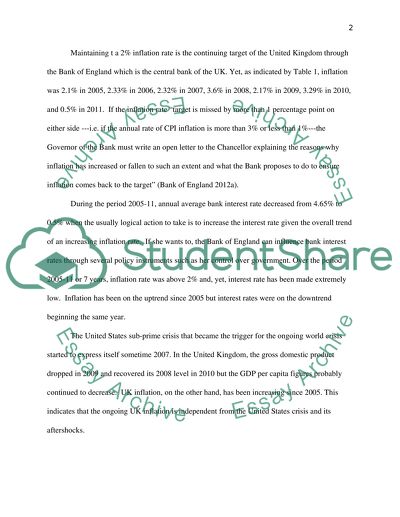Cite this document
(“Evaluation of the 2011 Policy of the Bank of England Essay”, n.d.)
Retrieved from https://studentshare.org/macro-microeconomics/1396341-macroeconomics
Retrieved from https://studentshare.org/macro-microeconomics/1396341-macroeconomics
(Evaluation of the 2011 Policy of the Bank of England Essay)
https://studentshare.org/macro-microeconomics/1396341-macroeconomics.
https://studentshare.org/macro-microeconomics/1396341-macroeconomics.
“Evaluation of the 2011 Policy of the Bank of England Essay”, n.d. https://studentshare.org/macro-microeconomics/1396341-macroeconomics.


